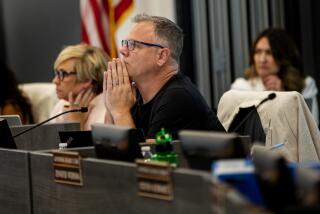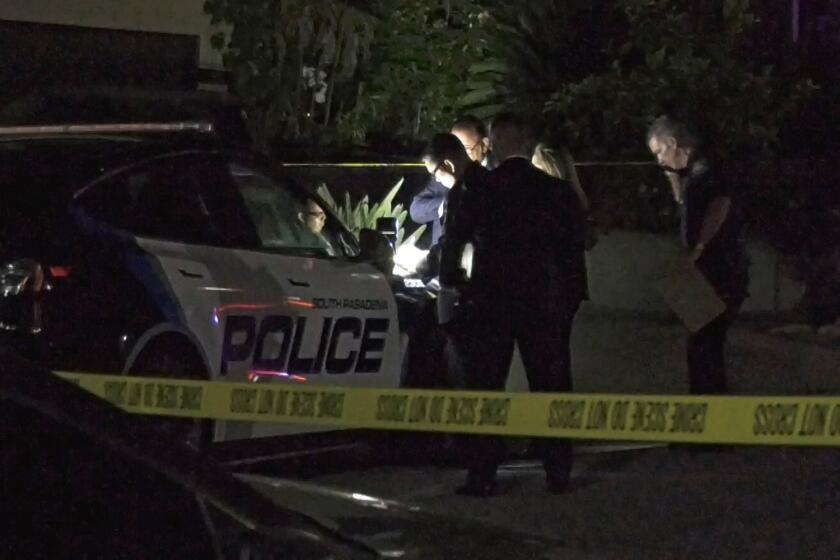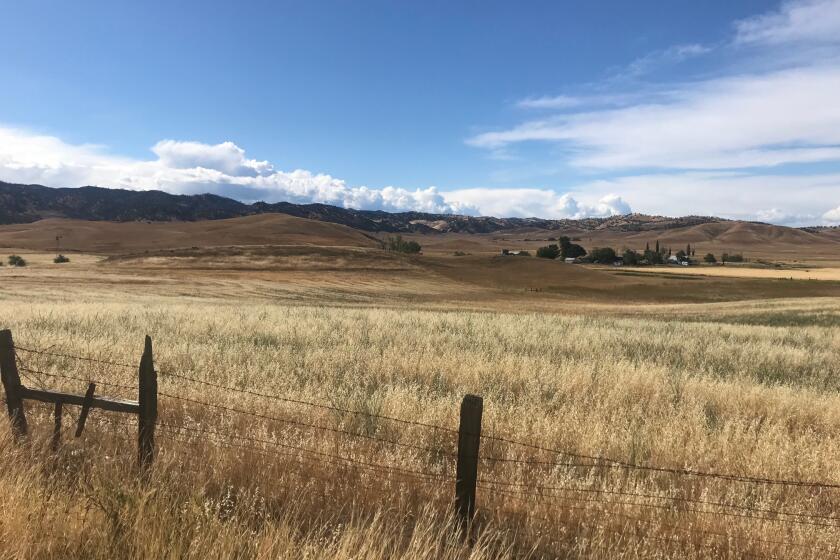Own Witnesses Admit Mass Killer Is Still Too Dangerous to Be Freed
Edward Charles Allaway, committed to a state hospital after he was found insane in the 1976 shooting spree at Cal State Fullerton that left seven people dead, is too dangerous to be released into the community, his own witnesses testified Wednesday at a hearing in Santa Ana.
Robert L. White, a forensic psychologist called by Allaway’s attorney to testify, described Allaway as “still influenced by psychological factors . . . a psychotic episode could reoccur if he were released back into the community.”
While Allaway has petitioned to be released from Atascadero State Hospital, his attorney, Douglas E. Coggins, acknowledged that the best he can hope for is a transfer from Atascadero to Patton State Hospital in San Bernardino County, where his client could get further treatment.
Allaway, now 47, was a janitor at the university when he walked into the library on July 12, 1976, and shot nine people, killing seven of them. He reportedly had been depressed and thought people were conspiring against him.
When jurors could not reach a verdict in the sanity phase of his trial, then-Judge Robert P. Kneeland ruled that he was insane.
Held at Atascadero
Since then, Allaway has been held primarily at Atascadero.
Last year, he petitioned the court for release, saying that he has been a model patient and that he is no longer mentally ill. He said in an interview in July, 1986, that at best he hoped for a halfway house, or a less restrictive hospital--such as Patton.
His psychologist, Dr. White, said Allaway still suffers from mental illness and is only in remission from a state of chronic paranoid schizophrenia.
White also acknowledged, under cross-examination by Deputy Dist. Atty. Martin G. Engquist, that while Allaway may have been a model patient at Atascadero for his behavior, he has refused most times to participate in any treatment programs.
‘Superficial’ Participation
Allaway’s participation, White said, has been “superficial” at best.
Engquist asked White: “You said when he first went to Atascadero, he was socially withdrawn, bitter, cynical, and angry; is he still that way?”
“Not to the same extent by any means,” White said.
But White supports Allaway’s request to at least be transferred from Atascadero to Patton, citing reports from doctors at Atascadero who said he could not benefit from further attempts to treat him there and recommended his transfer to Patton. But Engquist wondered aloud Wednesday whether that was because Allaway would not let Atascadero doctors treat him.
Prosecutors contend that if Allaway is to be transferred from Atascadero to Patton, that should be an administrative decision by state mental health officials. Allaway’s attorney is seeking a court order that would make such a transfer mandatory.
Superior Court Judge Donald A. McCartin added, “I tend to agree . . . if this is just a courtesy to the court coming back here, maybe I should tell them, ‘Be my guest.’ ”
McCartin said the evidence clearly indicated to him that the only decision for him to make, if at all, was to which hospital Allaway should be sent.
Several family members of some of Allaway’s victims were in court opposing his release. One, Patricia Almazan, the daughter of victim Frank Teplansky, said she is also opposed to Allaway’s transfer to Patton.
“He knows that if he can get to Patton, it will be his foot in the door to getting released,” Almazan said.
More to Read
More to Read
More to Read
Start your day right
Sign up for Essential California for news, features and recommendations from the L.A. Times and beyond in your inbox six days a week.
You may occasionally receive promotional content from the Los Angeles Times.






